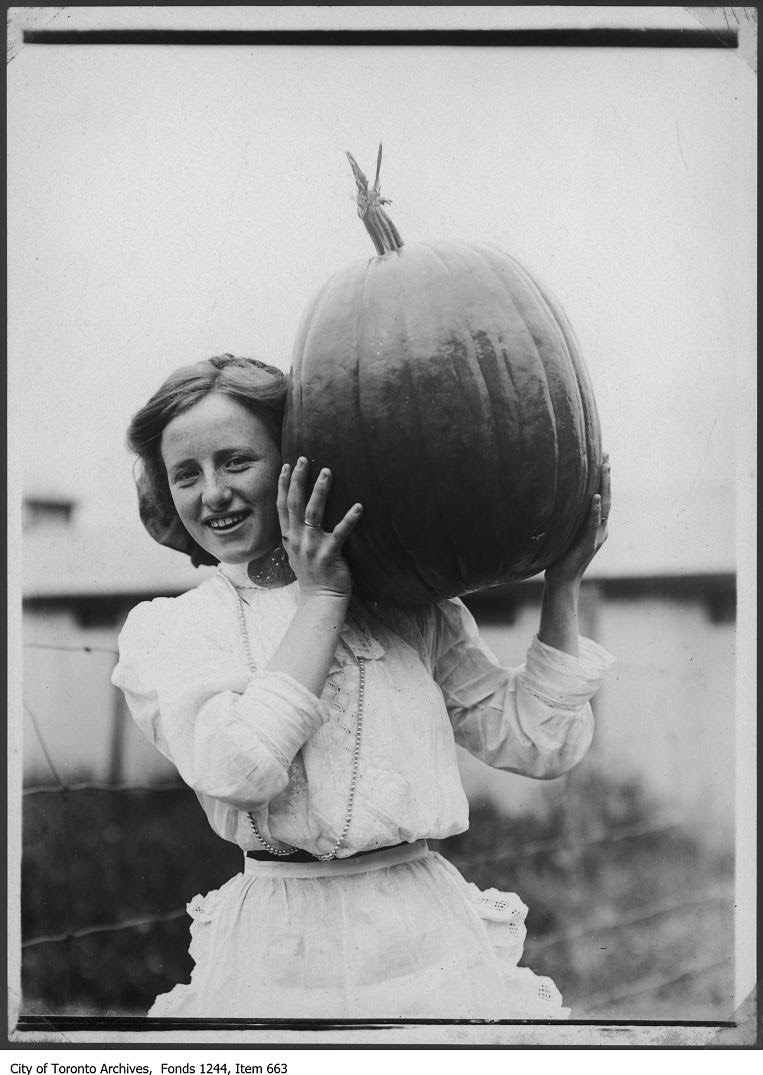Fall color schemes, cinnamon treats, and candy corn have been embedded into modern culture when autumn arrives around the corner. However, it is uncertain to many where these traditions originated from or how they came about. From pumpkins to fall football and apples, the well-known, and sometimes outlandish, autumn traditions find themselves woven throughout history into the beloved activities we celebrate.
While pumpkin decorations for fall are familiar across many countries, the origins of these humongous fruits are derived from South America. Native Americans used the pumpkin flesh as food after harvesting them between August and October and the body of the pumpkin as bowls and containers.
Pumpkins were then added to countless recipes and a staple The act of using pumpkins as decorations started from Celtic traditions and made its way to America from Irish immigrants in the nineteenth century.
With its creation on Nov. 6, 1869, football is highly regarded as America’s most loved sport. However, this fall favorite tradition was not always played in autumn: it originally was a spring sport.
The National Football League (NFL) decided on Aug. 22, 1986, that football transitioned to being played in the fall with its season starting in September.
Apple butter, jam, cider, pie, and other dishes connect apples to autumn. Not only is this fruit harvested in the middle of fall, but a variety of beliefs hold apples to carry spiritual properties of life and renewal.
Although, in other religious texts, apples have been associated with death, Greek and Norse mythology consider them to be a symbol of love. The combination of benefits and harvesting time of the apple has embarked on its place in famous autumn traditions.
While fall is the season for change, its traditions remain constant throughout history.
Pumpkins:
Football:
Apples: https://nelliecole.com/2020/09/18/folkdays-apple-lore/










